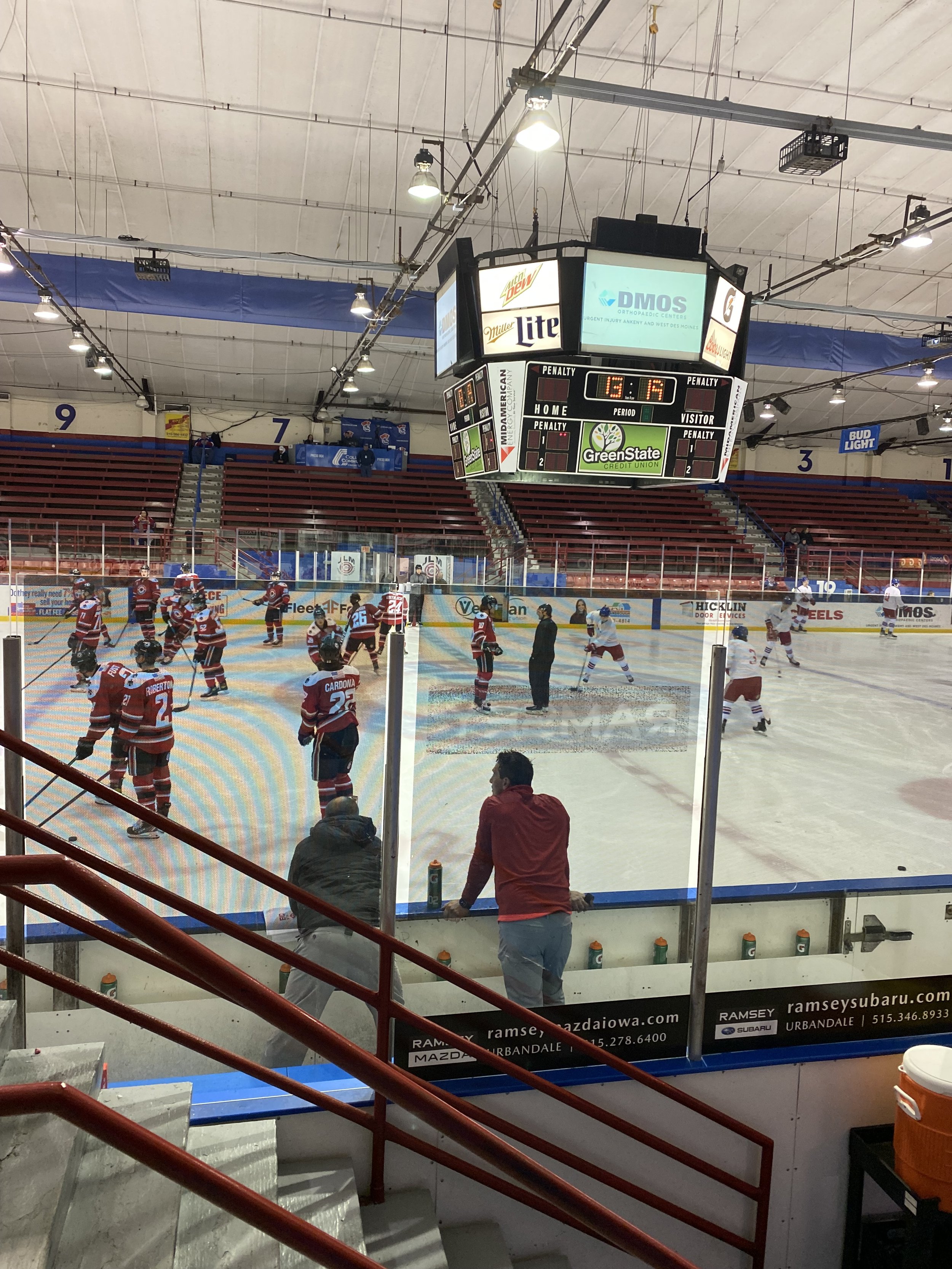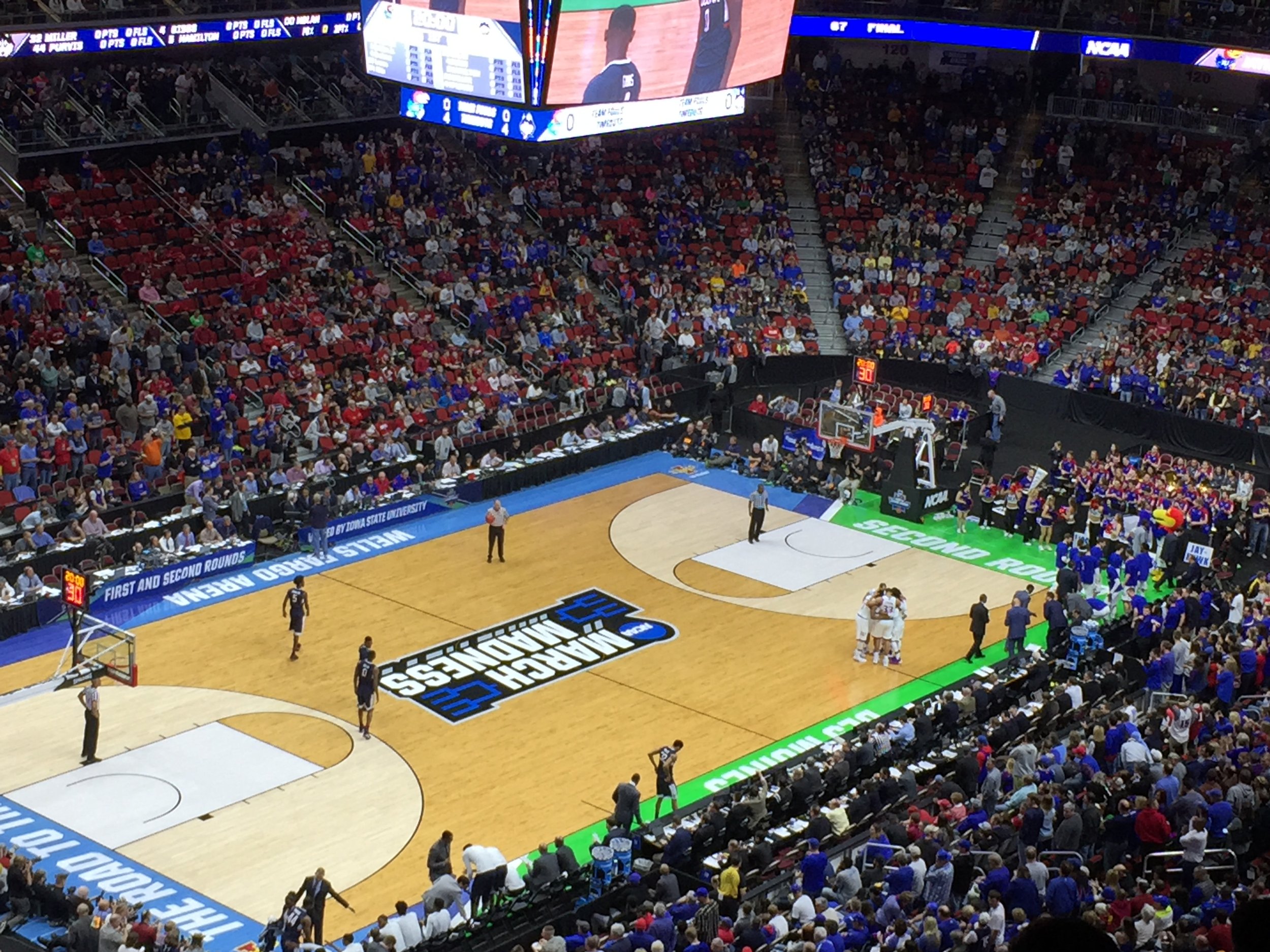Overspecialization in Sports
In recent years, there has been a notable shift in the landscape of youth sports towards early specialization, despite concerns from the medical community. Parents, coaches, and even young athletes themselves are increasingly encouraged to focus solely on one sport from a young age in pursuit of elite-level success. However, amidst this trend, concerns about the potential drawbacks of overspecialization in pediatric athletes have emerged, prompting a reevaluation of the benefits of participating in multiple sports.
The Dangers of Overspecialization
Hockey has been on such sport that been pervasive in Iowa for specialization
Increased Risk of Overuse Injuries: When young athletes repetitively stress the same muscles, joints, and ligaments through intense, sport-specific training, they become susceptible to overuse injuries. These injuries, such as stress fractures, tendonitis, and growth plate injuries, can have long-lasting consequences and may even lead to premature retirement from sports.
Burnout and Psychological Stress: The relentless focus on a single sport can lead to burnout and psychological stress in young athletes. The pressure to perform, coupled with the lack of variety in training and competition, can diminish their enjoyment of the sport and erode their overall well-being. Many times there is considerable pressure from family as well as most sports require fees and money to participate in ‘travel teams’.
Stunted Athletic Development: Contrary to popular belief, early specialization does not always guarantee success. In fact, it may hinder the development of well-rounded athletic skills that are essential for long-term success in sports. Without exposure to different movement patterns, cognitive challenges, and social dynamics offered by multiple sports, young athletes may struggle to adapt to new situations and environments. The only counter to this lies in two sports- women’s gymnastics and women’s figure skating.
Often athletes and family think focusing on one sport leads to bigger odds of get scholarships- chances still remain relatively low
Embracing Multi-Sport Participation
Enhanced Physical Literacy: Participating in multiple sports exposes young athletes to a diverse range of movement patterns, skills, and physical challenges. This broad base of athletic experience contributes to the development of physical literacy, which encompasses fundamental movement skills such as running, jumping, throwing, and catching. Physical literacy forms the foundation for lifelong participation in physical activity and sports.
Reduced Risk of Overuse Injuries: By varying the demands placed on their bodies, multi-sport athletes can mitigate the risk of overuse injuries. Engaging in different sports allows them to strengthen different muscle groups, develop different movement patterns, and rest and recover from the repetitive stresses associated with their primary sport.
Improved Mental Resilience: Multi-sport participation fosters mental resilience by exposing young athletes to a variety of challenges, setbacks, and successes. They learn to adapt to different coaching styles, teammates, and competitive environments, developing valuable problem-solving skills and emotional coping strategies along the way.
Long-Term Athletic Development: Rather than focusing solely on short-term success, multi-sport participation prioritizes long-term athletic development. By exploring different sports and refining a wide range of athletic skills, young athletes lay the groundwork for continued growth and success across various domains of physical activity.
Conclusion
While the allure of early specialization may seem enticing, especially in today collegiate climate with NIL (Name, Image, and Likeness), the risks of overspecialization in pediatric athletes cannot be ignored. Instead, we must recognize the value of multi-sport participation in fostering well-rounded athletic development and protecting the health of young athletes. By embracing diversity, promoting physical literacy, and prioritizing long-term development, we can ensure athletes remain healthy and diverse..
Trying to expose mine to multiple sports and actives to remain well rounded.


